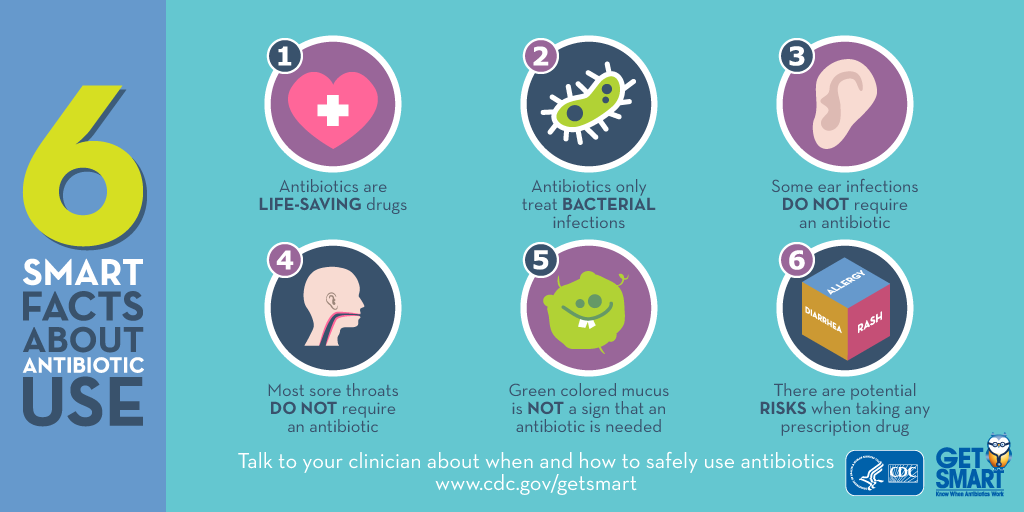Today, antibiotics are among the most common drugs in the world, and their use is increasing every year. Simply put, antibiotic is a drug that helps treating a variety of infections, starting from sinusitis and ending with meningitis.
The medical dictionary may give you the following antibiotic definition:
- Antibiotics are small molecules of natural, semisynthetic or synthetic origin, which kill or inhibit the growth of pathogenic bacteria.
Several principles lie in the base of the antibiotics classification:
- spectrum of activity
- mechanism of action
- chemical constitution
- impact on the bacteria cell
Antibiotics are divided into two groups by effect exerted: bactericidal and bacteriostatic action. Antibiotics that prevent the reproduction of bacteria are called “bacteriostatic”, while those that kill the bacteria – “bactericidal”.
According to the range of effect exerted over a given number of various microorganisms, the antibiotics are divided into:
- broad-spectrum antibiotic
- narrow-spectrum antibiotic
Medical definition of narrow-spectrum antibiotic: the antibiotic effective only in a very limited range of bacteria (only gram-negative or only gram-positive bacteria).
The narrow-spectrum antibiotics include Clindamycin, Vancomycin, Erythromycin, Clarithromycin, and Azithromycin. The advantage of the narrow-spectrum antibiotics is the ability to not cause resistance of the bacteria, because they are active in a limited number of bacteria.
You can find the definition of the resistance of the bacteria in a variety of information resources, including the free education application Quizlet. Usually, antibiotic resistance means the ability of pathogens to resist the effects of antibiotics.
Narrow-spectrum antibiotics successfully cope with infectious diseases of the upper and lower respiratory tract. If your child has a middle ear infection or sore throat, you may buy a narrow-spectrum antibiotic and cure the infection within a few days.
The narrow-spectrum antibiotics are also used to treat skin structure and urinary tract infections, caused by gram-positive bacteria (streptococci, staphylococci, pneumococci).
Today, the broad spectrum antibiotics are considered the most effective drugs for the treatment of many complex infectious diseases.
- Definition of broad-spectrum antibiotic: the drug is effective against many gram-negative and gram-positive microorganisms and bacteria.
The group of antibiotics with a broad spectrum of action includes Streptomycin, Tetracycline, Amoxicillin, Levofloxacin, and Chloramphenicol. These antibiotics successfully cope with the diseases, caused by such pathogens, like Staphylococcus aureus, Neisseria gonorrhoeae, Clostridium perfringens, Clamydia trachomatis.
In many countries, antibiotics are sold in pharmacies by prescription. But what if there is no way to get to the doctor and the patient’s condition is getting worse?
In this case, to quickly start the treatment of infectious diseases, you may buy an antibiotic on the Internet. This allows you to quickly get to the treatment of the disease, as well as save money.
Often, before buying antibiotic, consumers concretize for themselves the definition for antibiotics, mechanism of their action and possible side effects.
It is important to take into account individual characteristics of the patient, when choosing an antibiotic. To achieve an effective treatment of an infectious disease, you must comply with the dosage regimen and duration of the antibiotic administration.
In addition, reading the instructions of the drug and finding accurate indications is recommended before you select and purchase an antibiotic on an online pharmacy.





